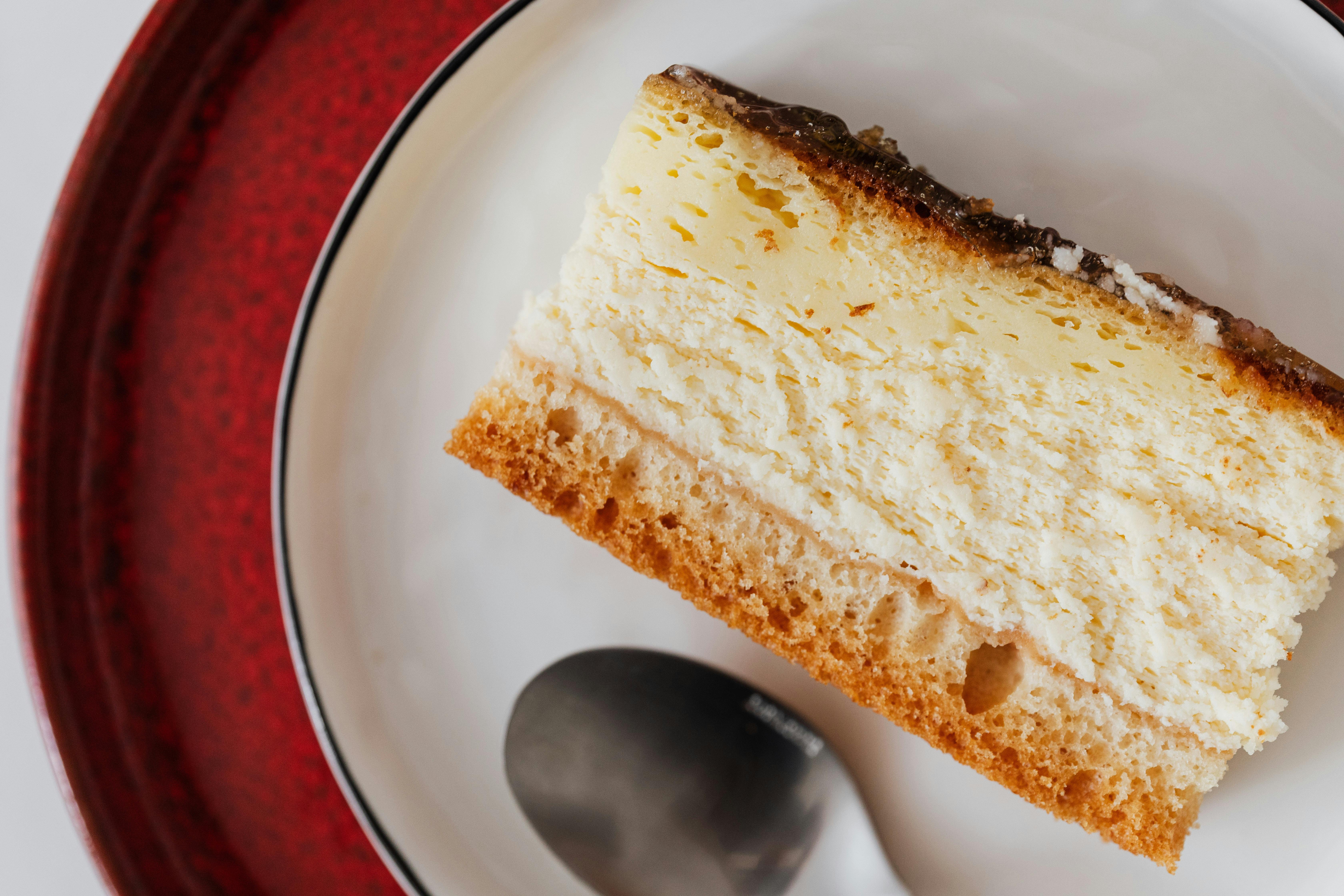How to choose a cabinet of curiosities
Curio cabinets have become a delight in themselves, displaying your favorite things and memorabilia to friends and family, keeping all your beloved treasures in one place to admire in awe every day, or protecting your growing collection of porcelain dolls of her 5-year-old son. .
Curio cabinets began as places to store curiosities, defined in the dictionary as curious or unusual art objects or knick-knacks and other things that might be worth collecting because of their rarity. This definition could, of course, include silver spoons from Alaska, a whole variety of wedding and christening gifts, crystals, face masks from Africa, and possibly even shrunken heads from the Amazons of Ecuador and Peru.
Nowadays, however, you can use curio cabinets for anything:
– Showcase your family’s sporting interests by displaying your son’s bowling trophies next to your husband’s autographed baseballs.
– Store your precious family heirlooms, like great-grandmother’s silver and turquoise comb, grandfather’s golden feather, mom’s old sapphire brooch she wore on her wedding day, and her son’s first baby photo.
– Or perhaps, protecting the brass alto saxophone you know you’ll learn to play someday in your retirement years from dust and dirt.
But how do you choose the right cabinet of curiosities for you? Ask yourself the following questions below and find out how.
Tips on Choosing a Cabinet of Curiosities
1. The first question to ask yourself when buying a curio cabinet is: What kind of curios will I put in it? If it’s a brass alto saxophone, then you need to get a tall, traditional curio cabinet with fitted glass doors to keep dust out and with removable glass shelves to make room for your favorite musical instrument.
2. How much light is there in the place where you are going to put your cabinet of curiosities? Is it in the sunroom with lots of natural light or is it in a dark corner of the house? If it’s the latter, then you need a light cabinet to illuminate the corner and provide accent lighting for your displays.
3. How much space do you have for your cabinet of curiosities?
– Is the space wide, tall and wide? Then you might want to get a traditional dark cherry curio cabinet with generous measurements of 44W x 17D x 79H inches.
– If narrower, a more contemporary curio cabinet with practical urban living measurements of 24″W x 12″D x 76″H may be best.
– If it’s short and wide, such as in a living room or den, a Golden Oak Console Curio Cabinet measuring 56″W x 13″D x 30″H is probably what you need.
– And if it’s angled in a corner, you might want a curio cabinet that sits comfortably in a corner and probably measures around 28 inches wide x 16 inches deep x 72 inches tall.
4. The other question to ask yourself is: do you want to match the look of your curio cabinet with the other furniture in the room?
– If you want to keep a traditional look, you can choose from large antique designs with beveled details, hand carvings, and dark wood finishes.
– If the room is contemporary, you may want the clean lines and lighter wood finishes of a more urbanized curio cabinet with lots of mirror and glass.
5. What type of wood or non-wood are you drawn to?
– If affordability is a consideration and you don’t mind the look of MDF or engineered wood, then you might choose a curio cabinet made of reinforced pressed particleboard and topped with wood veneer or laminate.
– If you think a solid wood curio cabinet sounds like a good investment, then you should get a curio cabinet made from the most popular oak or maple, hardwoods that can only gain character and charm as they age.
6. And last but not least, what is your budget?
– Are you prepared to splurge on a Louis XV inspired Pulaski curio cabinet that sells for $2000 so you can have a spectacular accent piece that can transform your entire living room experience?
– Or do you just want a simple wall curio cabinet, one you can get for $20 on eBay to put your collection of dog figurines in?
